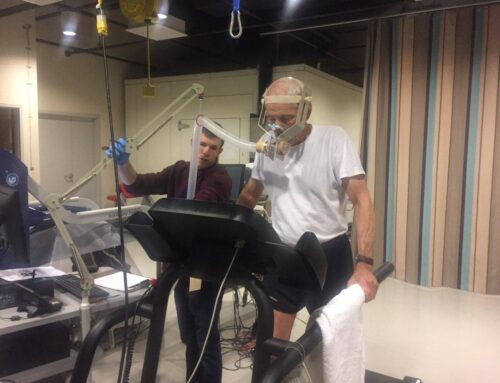
Question: How would a sea level runner approach the Colorado Marathon, which starts at 6100 feet and finishes at 4980 feet. Here’s the course profile.
Dr. Jack Daniels: In looking back at some old altitude articles it seems that a sea-level native, without any altitude acclimatization, will feel OK running about 20-seconds per mile slower than normal sea level pace. That course doesn’t drop a whole lot, and the downhills may give an average of 5 or 6 seconds per mile, but there are some flat and even a little uphill segments that sure won’t give anything back. The best approach is to run by feel and not by speed of running. In other words, run at an intensity that feels like usual sea-level running when going at marathon pace. Better to start too slow than too fast and try to negative-split the race (slower the first half and pick it up some starting about the 20-mile mark). Finish the race feeling like you could have gone a little faster than to finish wishing you hadn’t gone out so fast.
For sea level natives it is better to try to start the race as soon as possible after arriving at altitude, than being there a few days prior to the race because you typically lose significant body water during your first 3 or 4 days at altitude and you don’t want to start the race dehydrated. If plans already mean arriving a few days pre race start, then make sure to drink, drink and drink, lots of water and with electrolytes.
To update training or race paces at altitude check out the VDOT Calculator. Become a faster runner by customizing one of Dr. Jack Daniels’ Training Plans.



